Op-Ed
The Public Shouldn’t Have to Pay to Be Members of Museums. That’s Why We’re Abolishing the Fees at Our Institution
The director of the ICA at VCU explains why pay-for-play museum membership should become a thing of the past.
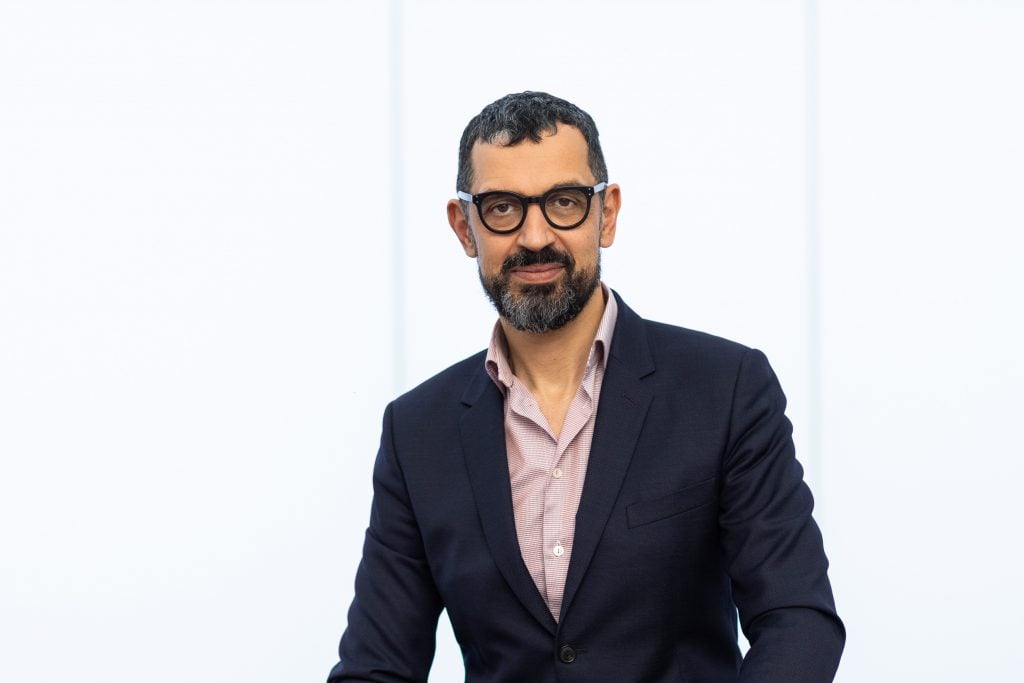
The director of the ICA at VCU explains why pay-for-play museum membership should become a thing of the past.

Dominic Asmall Willsdon

It is not enough for museums merely to adapt to survive; in order to be true proponents of an inclusive, democratic culture, museums must make fundamental changes to structures that have long been taken for granted as standard practice. This can apply to something as (seemingly) simple as museum membership.
That’s why the Institute for Contemporary Art at Virginia Commonwealth University (ICA at VCU), where I joined as executive director eight months after our opening in April 2018, has decided to rethink this time-honored practice. We recently launched a new, very different free membership model where our members’ value does not lie primarily in their monetary contributions.
From now on, if you want to be a member of the ICA at VCU, we want you to be an active and equal part of our community, regardless of your financial contributions. We think that this new, simpler, and more inclusive approach will make us stronger and will actually lead to higher overall engagement and support.
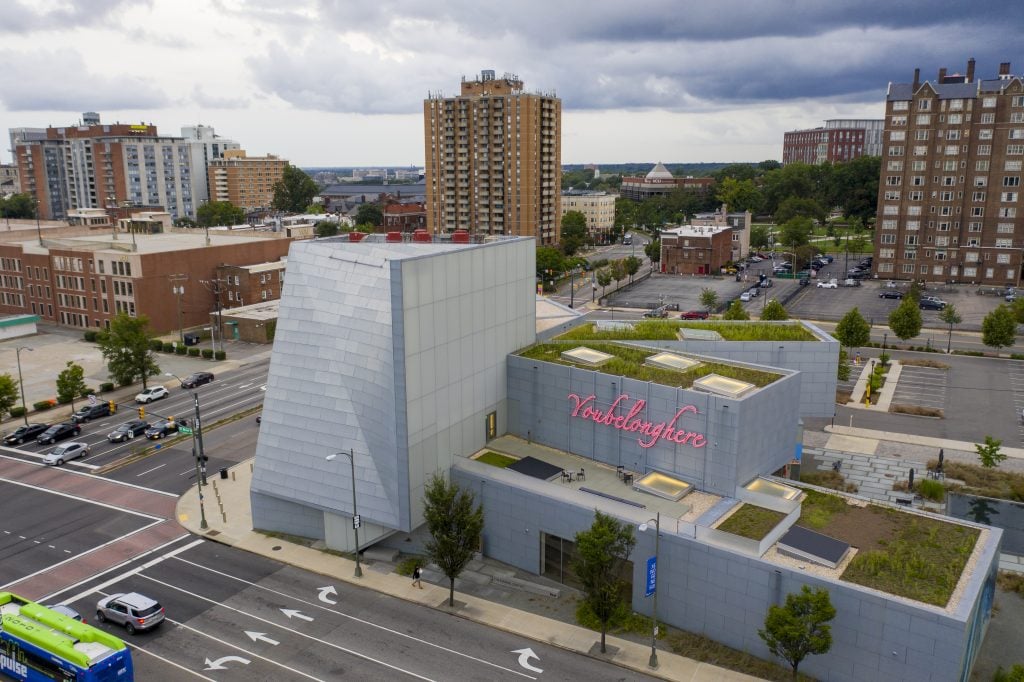
Exterior aerial view of the ICA and Resiliency Garden, 2020. Photo: Max Schlickenmyer
Traditional museum memberships, which typically cost between $50 and $100 for an individual and can expand into the thousands of dollars for higher-level patrons, establish a transactional relationship between institutions and members that is based on wealth and class. In the new ICA membership model, there are no tiered price points with corresponding benefits. All members receive the same benefits and access to the ICA, from members-only events and experiences (both in-person and virtual) to educational opportunities and reciprocal admission to museums across the country.
Free museum admission (the standard entry-level member benefit) is not part of our membership model, since the ICA is already free to all. Having a free general admission policy paved the way for us to establish a membership community that is not only unstratified, but also untethered from our physical site. From crafting stories and workshopping podcasts in our new media center developed in partnership with public media organization VPM to following our projects on YouTube, we are creating ways to connect that extend beyond the walls of our building in Richmond.
Membership programs have been common since the 19th century. In Engines of Culture, one of the earliest books about the history of how power shapes American museums, Daniel M. Fox describes how member dues were always ambiguously both a gift and a purchase. He shows too how museum membership was, from its origins, organized as a hierarchy of classes to mirror hierarchies in society. Museums are hierarchical—this is inescapable. Their essential function has been to value some objects over others and to embody the notion that high-value objects are scarce.
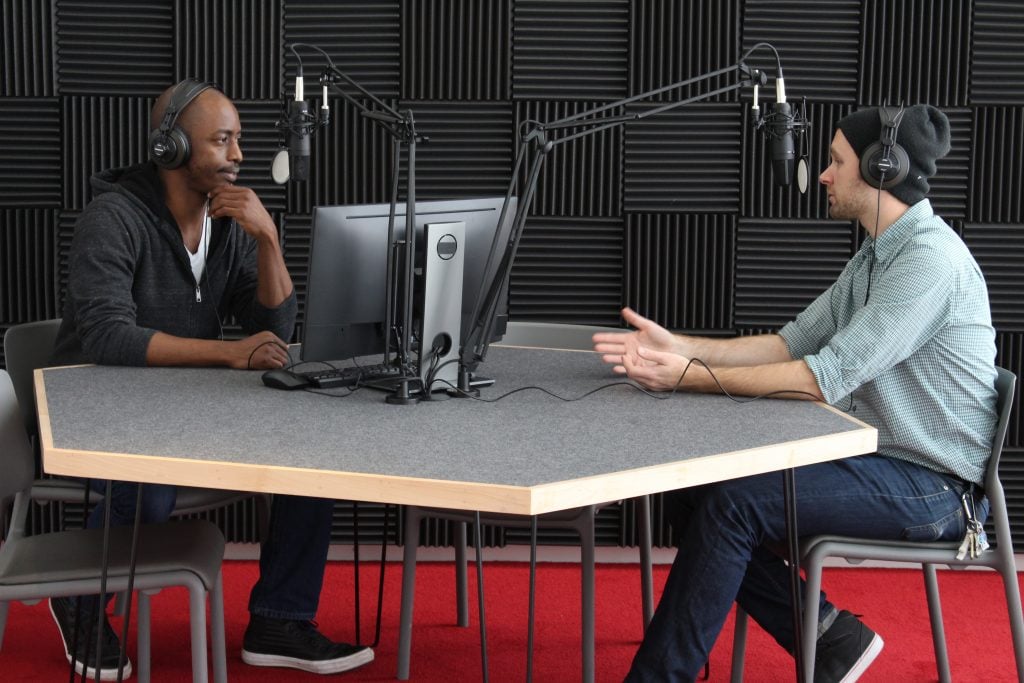
Installation view of the ICA’s inaugural exhibition, “Declaration,” 2018. Photo: David Hale
But institutions need not regard cultural objects this way, and must not see people this way. Our new ICA at VCU seeks to be a leveler, pursuing a more horizontal “long front of culture” in our program (valuing podcasts and paintings on the same level, for example, or showing the visual and material work of activists).
We want to build our community in the same spirit, breaking down tiers and hierarchies, and instead welcoming the many kinds of knowledge, experience, and practice that are necessary for exploring, through culture, the qualities and complexities of the contemporary world. What we are proposing is a shift in the contract between the institution and the constituencies we serve, making membership about being a part of a collective—less transactional, more relational.
Though our new ICA membership is free, our members still have the option to donate, or to sponsor particular programs; we trust that many of them will and, make no mistake, we need them to do so. But we need their participation (their ideas, actions, and perspectives) even more, and we need our membership community to include those to whom traditional museum membership does not relate.
No doubt we are taking a risk. Outside funding is still critical to our bottom line, yet we are giving up one of the museum field’s most tried and tested fundraising tools. But we know that on the whole, membership in institutions is declining, especially among the under-35 age demographic that comprises three-quarters of the audience at the ICA at VCU.
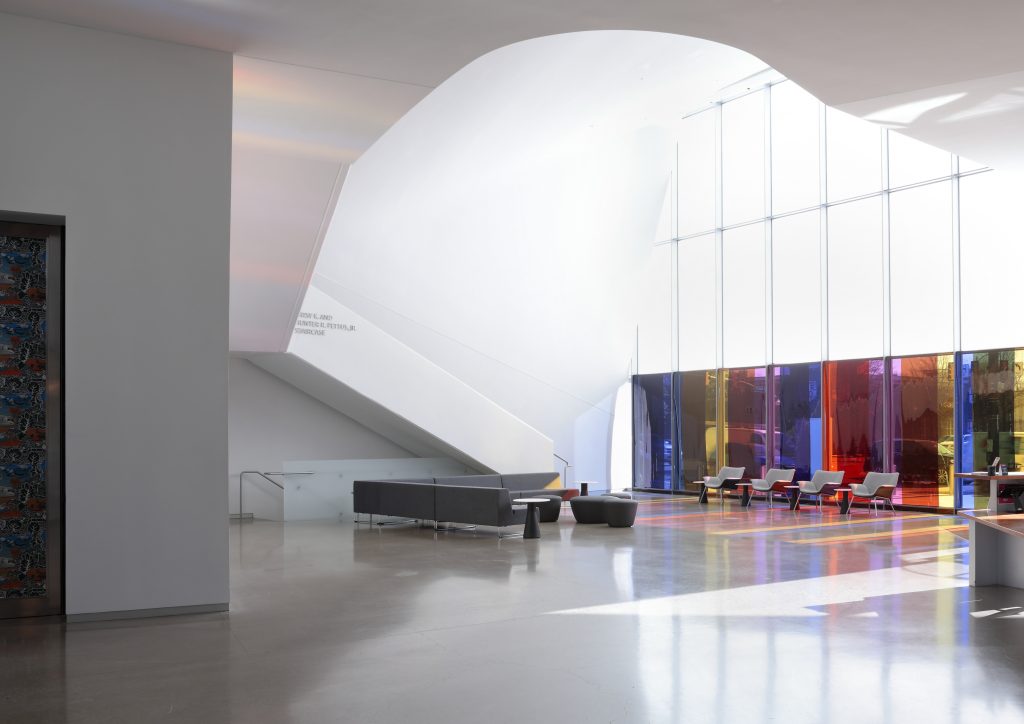
Installation view of Cauleen Smith’s Give It of Leave It (2019). Photo: David Hale
Change like this may, no doubt, be easier at younger, smaller museums like ours. More established institutions could be skeptical about a model where benefits aren’t scalable, where big-figure donations are not accompanied by premium access. But we are reassured and energized by the fact that many of our existing donors have themselves advocated for this model, and are passionate about it. And because it invites more people into our circle—each of whom may eventually decide to become a donor, at whatever level—this horizontal model may ultimately generate more financial support.
We are inspired by the success, in recent years, of political campaigns that aim to multiply small donations. This is the time to build inclusive, horizontal communities of support.
In the new ICA at VCU membership community, the hope is that we can all stand on equal ground. No matter title or status, we are all learners and thinkers exploring the contemporary world through art. This is the kind of inclusive membership that brings to life our vision for a new kind of cultural institute.
Our work has always been centered around dialogue—with artists, scholars, one another—and this model will allow us to establish a more equitable and reciprocal dialogue with our members, where they tell us how they would like to engage with the ICA, and not the other way around. Their feedback, ideas, and input will shape the work that we do—whether via member surveys soliciting their input, public listening sessions like those we conducted before we opened, or more informally, via comments on our social media or conversations we have with people along the way.
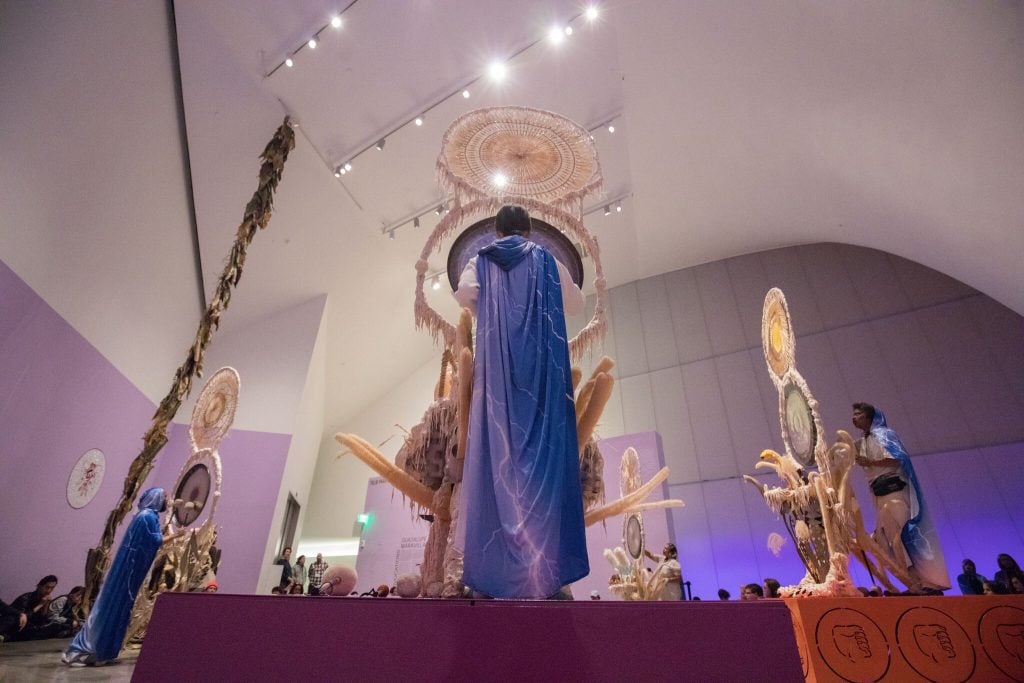
Activation of Guadalupe Maravilla’s Disease Thrower (2019). Photo: Meghan Marchetti
The changes we’ve experienced over the past year have had a significant impact on all of us, from how we connect with one another to what we want and expect from the institutions that serve us. These larger shifts have made the ICA’s new membership model—and the expanded access, dialogue, and community that it will bring—not only possible, but necessary.
We look forward to hearing directly from our members—which hopefully can now include many of you, no matter where you reside—about how we can continue to evolve and grow into a more inclusive, stronger community.
Dominic Asmall Willsdon is executive director of the Institute for Contemporary Art at Virginia Commonwealth University.